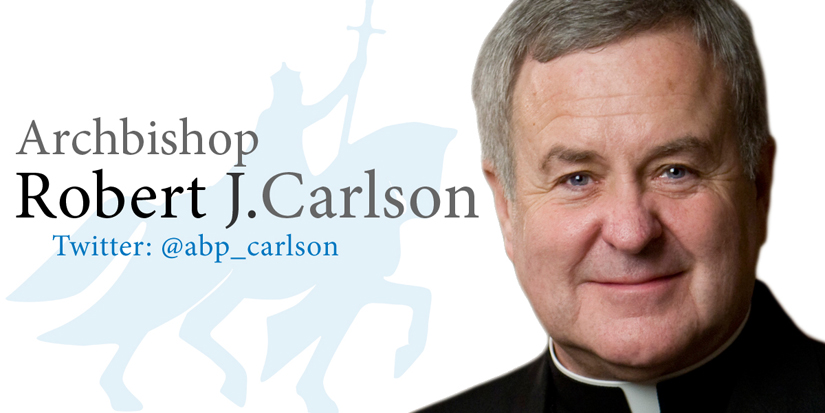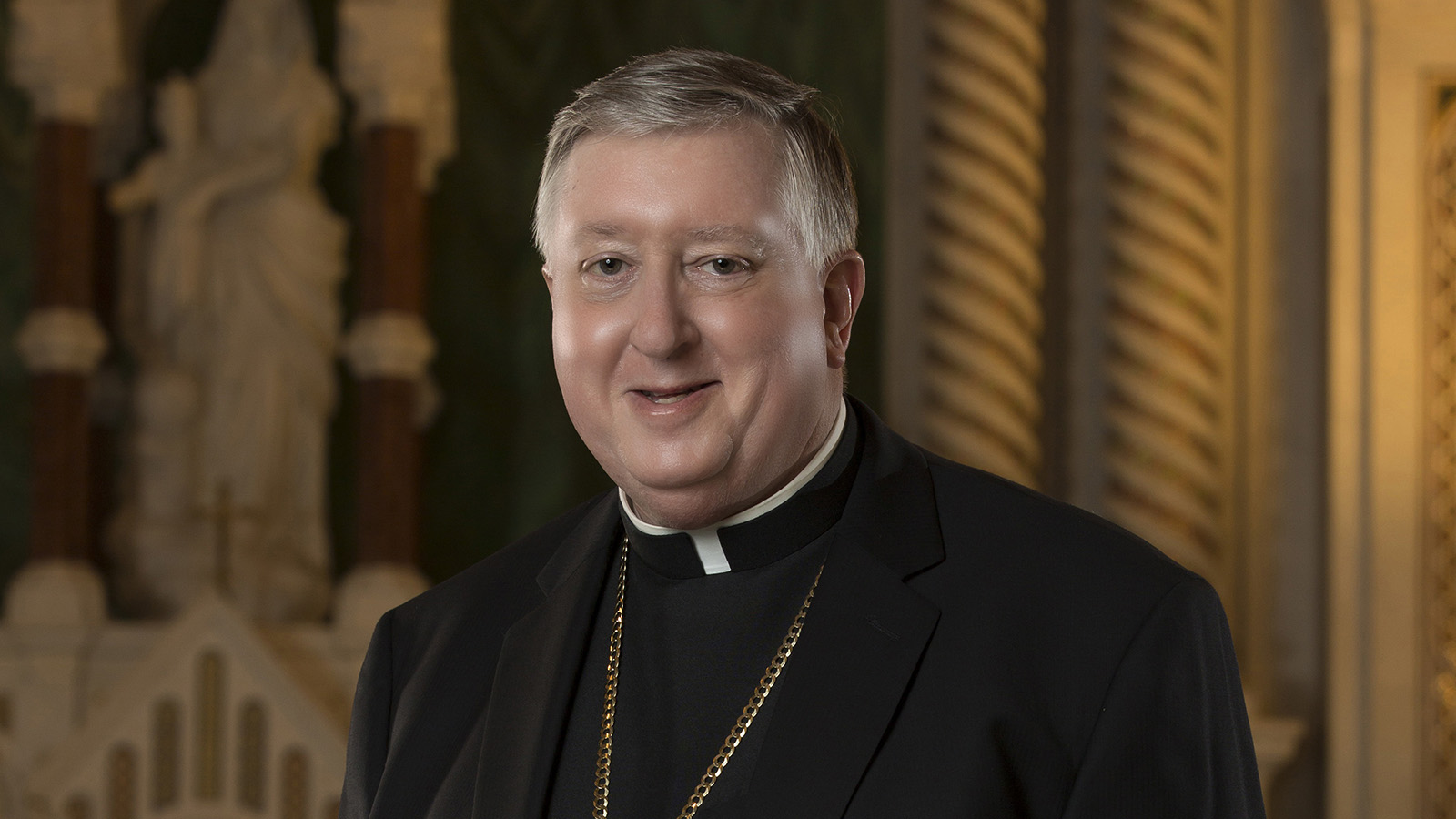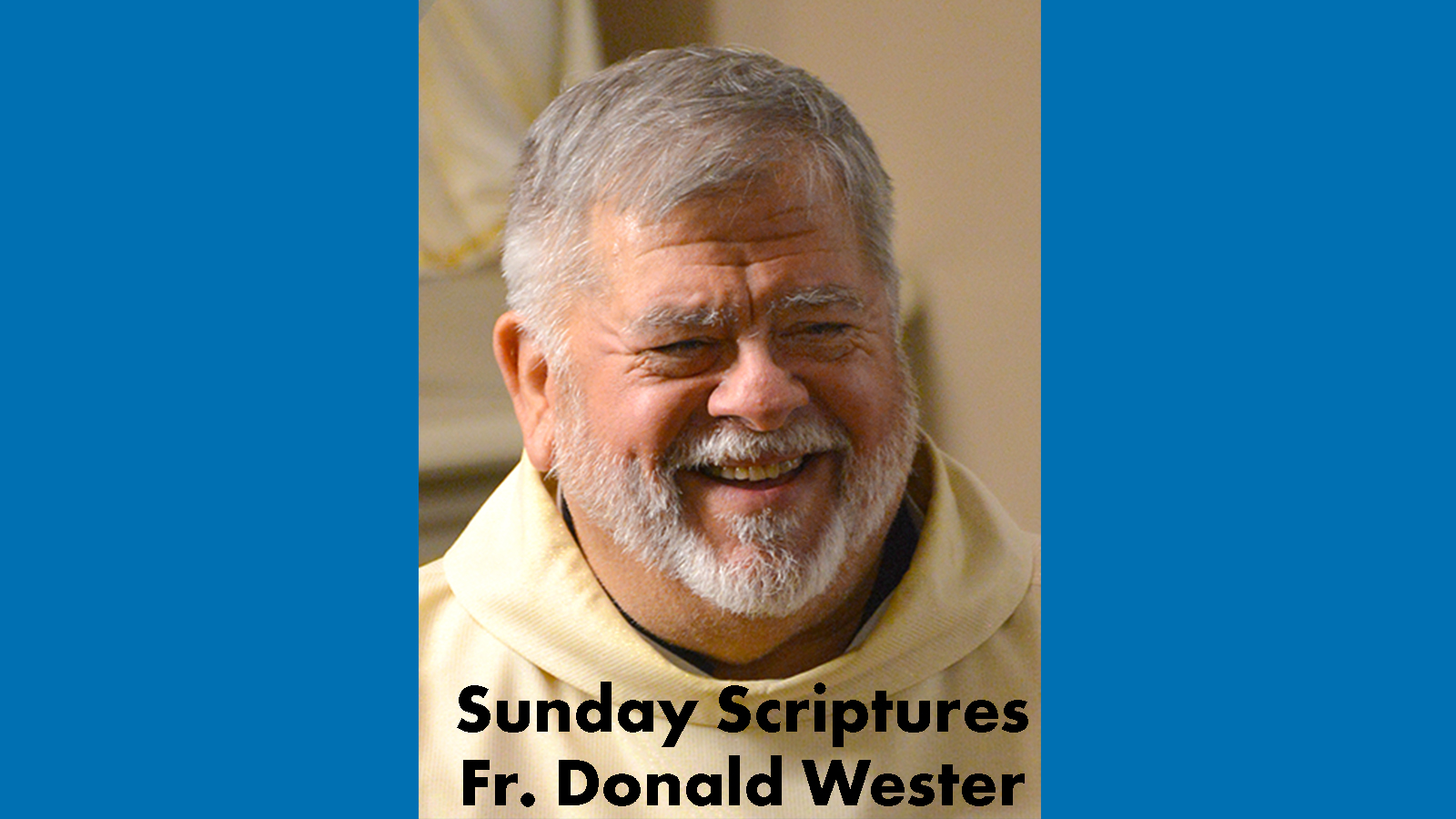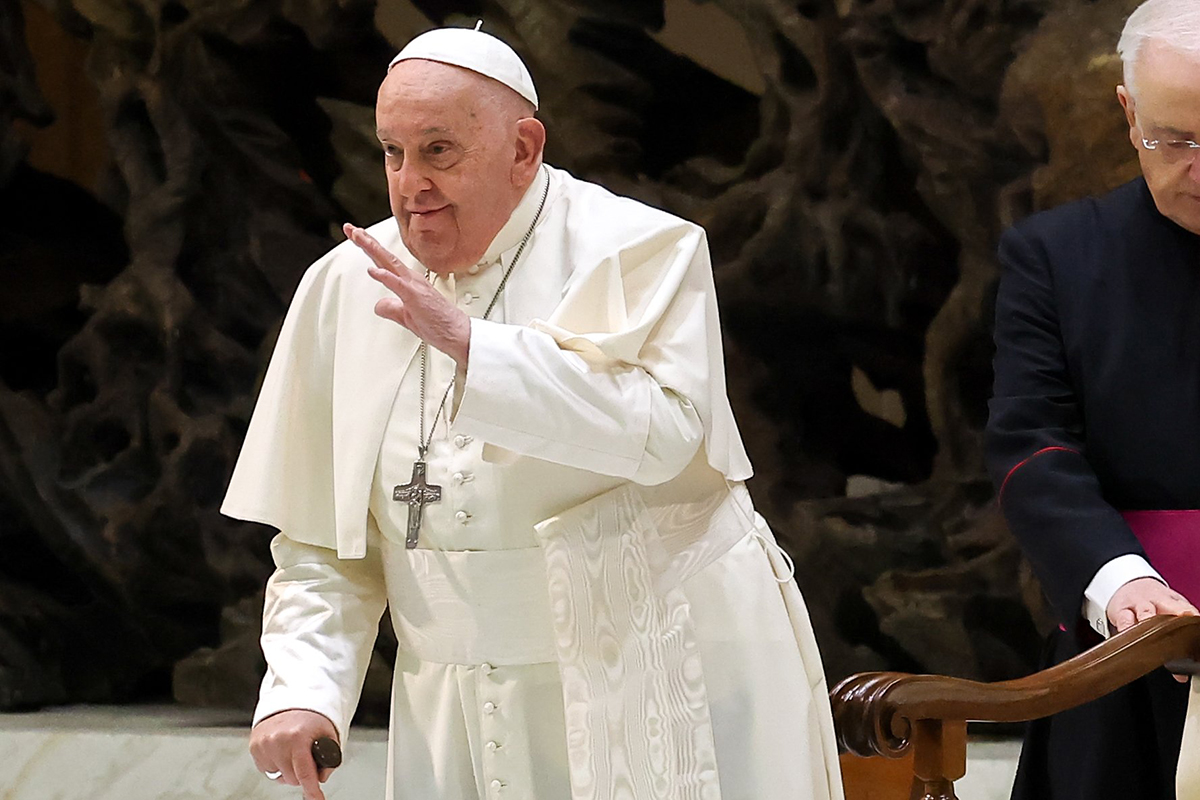BEFORE THE CROSS | St. Paul serves as both teacher and witness to our faith

As we are in the middle of a whole month of readings from St. Paul’s Letter to the Romans, it’s pertinent to ask “What do we learn from St. Paul?” The answer is two kinds of things.
In the first place we learn great theological concepts.
In Romans 1, Paul tells us: “Ever since the creation of the world, God’s invisible attributes of eternal power and divinity have been able to be understood and perceived in what He has made.” This is a founding insight for 2,000 years of natural theology, in which we learn about God from the book of nature.
In chapter 5, Paul says: “For just as through the disobedience of one man (Adam) the many were made sinners, so through the obedience of the one (Christ) the many will be made righteous.” The notion of Christ as the “second Adam” is at the heart of theological anthropology — it gives us a beautiful sense of who we are.
In chapter 7, Paul tells us his experience of the division between sin and faith that runs right through his own heart: “What I do I do not understand … For I do not do the good I want, but I do the evil I do not want.” That insight — which echoes our own experience — is crucial to the theology of sin.
In chapter 12, he summarizes the first “theology of the body”: “For as in one body we have many parts, and all the parts do not have the same function, so we, though many, are one body in Christ and individually parts of one another.” This vision of our communion with Christ and each other is a profound theme in the history of theology. Paragraph 795 of the Catechism of the Catholic Church gives a concise summary of that history.
These examples are the tip of the iceberg. The topics taken up in the Letter to the Romans are rich, and many of them give birth to a long and deep theological history. The content of the faith is one of the things we learn from St. Paul. Studying him can help us be better teachers of the faith.
But St. Paul teaches us something else, too. He teaches us about being a witness to the faith. A good example comes from Acts 26. Paul gives a defense of his ministry that unfolds in three parts: 1) What life was like before his conversion; 2) What happened to change him; and 3) What life was like after.
That’s the pattern of a good witness talk. Every addict in recovery can give this kind of witness. Their ability to do so helps others. What about us? Each of us is a sinner who’s been helped by Christ. Can we help others by giving our witness in these three simple steps?
Jesus has a repeated and insistent message in the Gospels this week: Be prepared! Sometimes we’re called on to answer theological questions. Studying St. Paul’s writings can help us be prepared for that. Sometimes we’re called on to give a witness. Studying St. Paul’s example can help us be prepared for that, too.
RELATED ARTICLE(S):FRENTE A LA CRUZ | San Pablo sirve como maestro y como testigo de nuestra fe
As we are in the middle of a whole month of readings from St. Paul’s Letter to the Romans, it’s pertinent to ask “What do we learn from St. Paul?” … BEFORE THE CROSS | St. Paul serves as both teacher and witness to our faith
Subscribe to Read All St. Louis Review Stories
All readers receive 5 stories to read free per month. After that, readers will need to be logged in.
If you are currently receive the St. Louis Review at your home or office, please send your name and address (and subscriber id if you know it) to subscriptions@stlouisreview.com to get your login information.
If you are not currently a subscriber to the St. Louis Review, please contact subscriptions@stlouisreview.com for information on how to subscribe.





